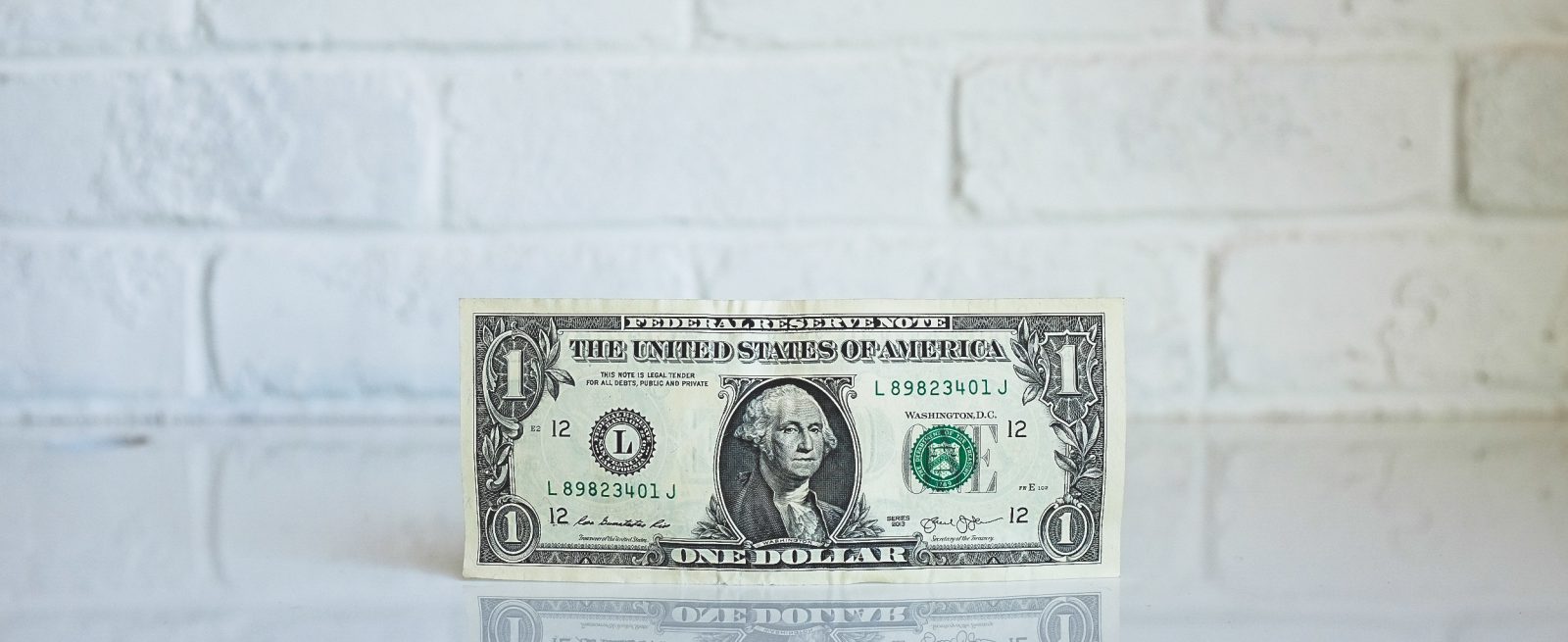What Is Your Restaurant Really Worth?
4 Min Read By David Sederholt
If you are looking to buy or sell a restaurant, how can you tell what’s it worth? In its simplest form, it’s worth what a buyer is willing to pay and what a seller is willing to accept. The final value of business is arrived at through quantitative and qualitative analysis to arrive at a point where there is a meeting of the minds. The best description I have ever heard is that “value is a mutually agreed upon hallucination.”
For many businesses, “fair market value” is often computed as a multiple of annual earnings measured before taxes, interest, depreciation and amortization of debt or “EBITDA.” In the restaurant business it is very rare to rely upon this valuation as often accounting and reporting are inaccurate so the basis for the calculation is often illusive.
To simplify the process I often start the average annual reported sales then calculate a base valuation / purchase price between two and 40 percent of that number. This valuation is then adjusted depending on a number of variables such as:
- Quality of location, visibility, parking, facility, equipment. Existence of external influences that could add or detract from the restaurants value like being downwind of a sewage treatment plant.
- Favorability of lease – you will be stuck with this for a long time.
- Sellers willingness to finance – seller financing or “hold paper.”
- Sellers eagerness to sell.
- Brand Equity – a good reputation that can be continued – or not.
Quickie Restaurant Valuation
- Calculate the average annual revenue from the last three years of sales from tax returns then determine three percent as the midline base value. Don’t accept claims of cash revenues. If it isn’t reported – it doesn’t count. Your starting point.
- Dig into the lease which is your primary fixed cost:
- Is rent below the current per square foot cost for restaurants in the area? Add two – three percent to the value if yes, or subtract two – three percent if not.
- Are there 10 years or more remaining on the lease with favorable increases – if so add five percent. If escalations are high, subtract five percent
- Are there less than five years remaining on lease? If so subtract 10 percent or just walk away.
- Are renewal options at “fair market value” or “current market value” at time of renewal? If so, add zero percent, as they are worthless.
- Is “Assignment of the lease not to be unreasonably withheld” stated? If so add two – three percent. If not, you might not be able to sell the restaurant without the landlord owning you and should consider passing on the deal.
- Is total occupancy cost (rent, taxes, common charges and insurance) below seven percent of the average current annual sales? If so, add two – three percent. If not subtract two – three percent. Over five percent walk away.
- Realistically rate the condition of the facility, equipment, furniture and fixtures. If you can use the furnishings, fixtures and equipment (FF&E) and they are in good condition add five percent. If there is little value subtract five – ten percent
- Keeping the name, goodwill and reputation? Add five – ten percent. If not, add zero percent.
- Keeping the existing staff and this adds value? Add two – three percent. If not – zero percent
- Subjectively rate location quality, visibility, traffic, parking etc., add or subtract two percent – five percent.
An Example
- You find a neat two sq. ft. restaurant that has been in business for three years with average annual sales of $1MM. Sales have been declining since opening from $1.1MM year 0ne, to $1.0MM year two and $900,000 year three. The asking price is $475,000 with no owner financing or holding paper.
- three percent of the $1MM average revenue is $300,000 – your base number.
- Seven years remain on lease with no written renewal options. Sorry – zero percent.
- The lease assignment says, “Not to be unreasonably withheld” – add two percent or $6,000.
- Total annual occupancy cost $55,200 with average sales of $1MM is ~5.5 percent – but – declining sales and a three – four percent increase in rent, taxes etc., per year gets you over seven percent fast and climbing if you can’t drive sales quickly enough. Therefore, I would subtract a minimum of two percent or $6,000 from the value.
- The base rent is $25 per sq. ft. with other local restaurants paying $23 and $27 per sq. ft. Nothing special – add zero percent.
- The place is nice but you are going to have to remodel the dining room. The kitchen equipment and infrastructure will all be used giving you added value – add three percent or $9,000.
- You are not going to keep the name or goodwill. No value add – zero percent.
- You are going to keep the staff that all seem competent and eager to stay on – a time and money savings. Add two percent or $6,000.
- This is a decently trafficked downtown location with dedicated parking, however there is a public lot for guests across the street. They cancel each other out – add zero percent
My Valuation
Base Value $300,000
Lease Benefits $ 0
Assignment Value + $6,000
Occupancy Costs – $6,000
Market value rent $ 0
Equipment, Facility + $9,000
Name & Concept $0
Staff + $6,000
Parking & Location $ 0 .
Estimated Value $327,000
Now assume that a well-run restaurant will make 10 – 20 percent EBITDA, however a restaurant with marginal sales below $1MM may struggle and will earn less because fixed costs have greater impact with lower sales. This restaurant is currently unprofitable at $900,000 with declining annual sales – a risky negative. Forget your ego – what’s it really worth?
If a buyer pays this price, drives sales back to over $1MM and hits these profit targets every year – it will take approximately three to five years to recapture the investment. Over the remaining four years of the lease they might make a return on investment of $400k to $600k or an average annual ROI $57k (14 percent) to $85k (21 percent).
Reality might be quite different if there is a year or two of difficulties. What would you pay?


